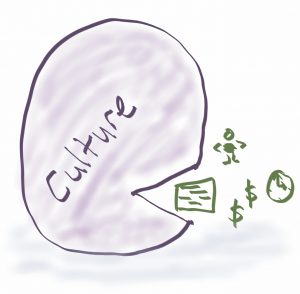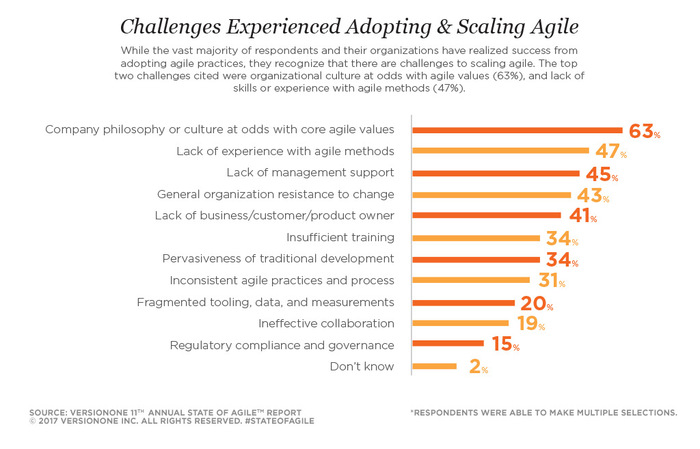In our modern world we are constantly expected to rush and frantically finish our tasks in the name of efficiency. Yet often we find that activity does not translate into the desired action or outcome. It is this “Rush to Action” which is the actual issue, often leading to poor outcomes and undesirable states of mind.
So why do we do it?
The basic fact is that we generally can not distinguish between activity and action. The realm of busywork is populated with people filled with a sense of accomplishment. The simple fact is we are driven by the evolutionary reflex of Fight or Flight. This predisposes us to rapidly respond by reaction, it is this proclivity to activity which makes us feel a sense of control when we are in activity. The difference between activity and action, is often only observed in the final outcome therefore it is very difficult for us and any onlooker to distinguish the two.
Doing things make us feel empowered and better; we feel in control and have a sense of fulfilment because we are doing something about it. Yet this activity is a hollow victory, if the end goals are not reached. The true reward is when we attain our objectives and goals.
If we take the real world example of Cave Diving, a highly technical and inherently dangerous activity, which happens to be fun and scary. Imagine you are diving in a sinkhole cave system and before you know it, you realise you’ve reached the bottom and have lost your bearings and the rest of your group. Initial instinct would be to begin searching for the others and this naturally becomes more frantic as time passes. Although this is a natural and understandable reaction, it usually is not the best course of action. This initial behaviour which manifests itself as activity, will often cause greater problems. The reason frantic activity in such a situation is not a good idea is that you will stir up any silt and mud off the bottom, this will muddy the water and reduce your visibility to the extent you can loose your orientation to the stage where you don’t even know which way is up.
Activity is not always the best action.
So in the above example reactionary activity is highly problematic but even in this example calmer heads and cool action will prevail. Surrounded by zero visibility, not knowing which way is up many would feel lost yet the fact that the bubbles you expire using SCUBA gear will always rise actually will help you identify which way is up. This simple fact and calm action can and will safe your life.
This predisposition to activity can and often does muddy the water when we are trying to determine the actions necessary to attain our goals. Running around like a headless chicken, is an apt description because we loose our senses in the frantic rush. We don’t see, don’t hear and can not clearly understand which are the best options, opportunities and course of actions.



